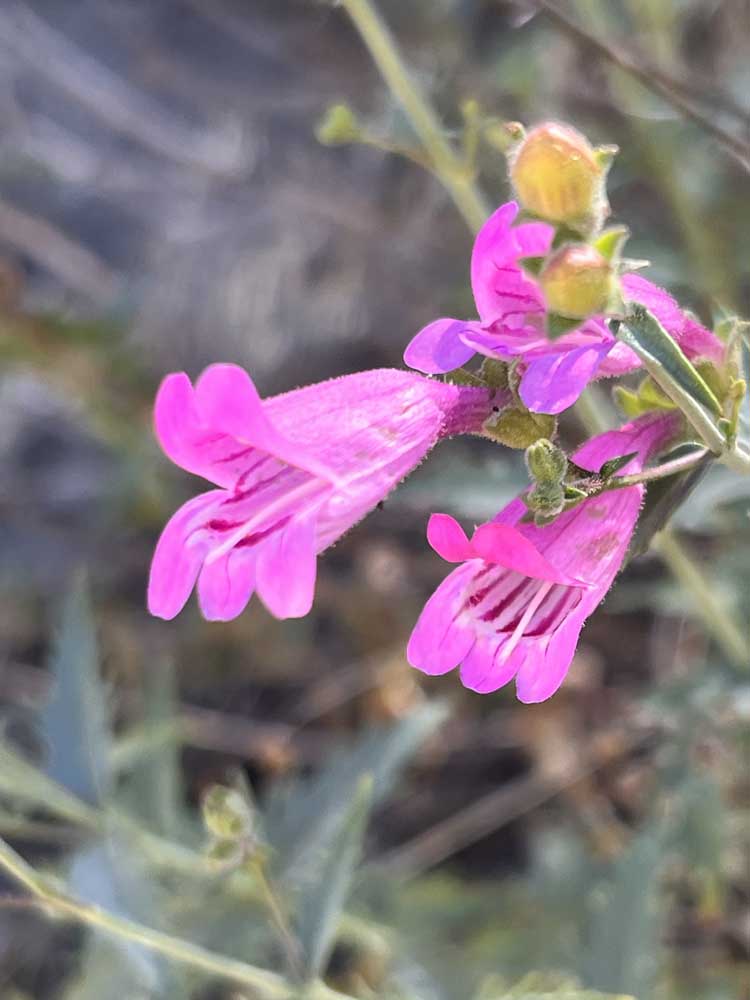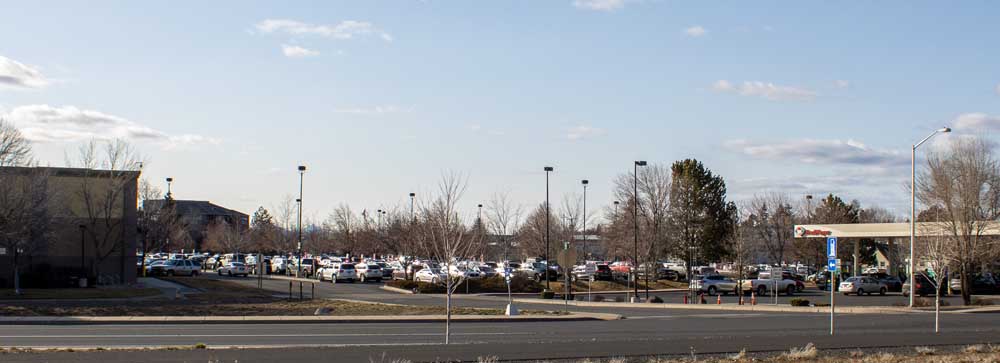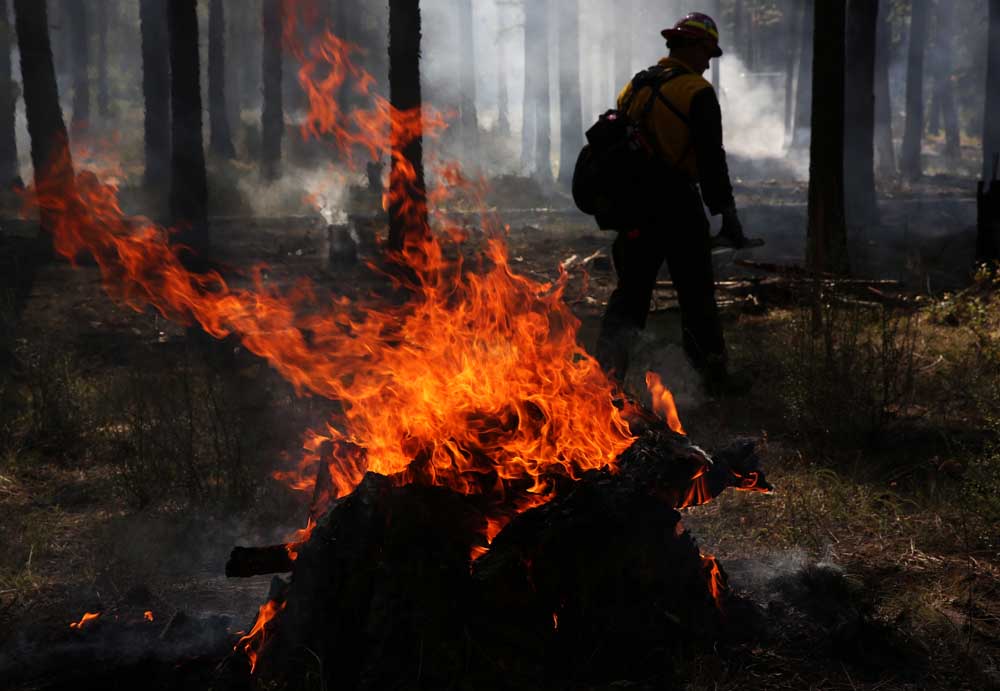Column: Are we loving Dry Canyon to death?
Published 7:30 am Thursday, April 25, 2024

- Dry Canyon wildflowers
My wife and I are recent returnees to Central Oregon, having both grown up here. We are also frequent walkers in Dry Canyon, a place I spent many hours exploring as a kid in the 1960s.
Redmond has changed a lot over the intervening years. Much of the change I welcome or at least accept — we did move back! But growth does increase pressure on the natural landscape that defines the place and attracts residents. We have far more people today enjoying a limited and increasingly over-utilized landscape.
I spent nearly 30 years of my life as a horticulturist and land manager responsible for the care of parks in systems elsewhere. Even encouraged and permitted activities, when enough users are participating, can push a landscape to the point of no return and beyond the abilities of paid staff to compensate for the wear and tear.
Over the last year walking through Dry Canyon, I have seen a decline in its overall health as unofficial trails proliferate and the trampled ground that border them expands. Action is needed to save this beautiful park from further deterioration.
The sheer number of people living here today, given the limited land resources that we have, makes a powerful case for change.
Roughly ten times the number of people are using our public landscapes and parks than were in the 1960s. Add to this our visitors from around the county and elsewhere and it would seem self-evident that our collective habits, preferences and activities need to be examined and modified. Because landscapes, whether contrived in the form of parks or relatively undisturbed natural areas, have limited tolerance for use and abuse.
Being humans, we bridle against restrictions — especially when such changes are “forced” upon us and doubly so when they begin to limit our preferred activities. But management of some sort becomes absolutely essential as population and use increase.
One option we could take is to drop the goal of a native, natural landscape for durability reasons. We could redevelop the canyon in ways that are more tolerant of increasingly heavy use. But such a sacrifice would eliminate much of what draws many of today’s visitors. Where would residents then go for an experience with intact and functional native landscapes and its unique geology? Each loss applies greater use pressure on that which remains.
Some will no doubt argue then, why bother? If you don’t care now, you may later when the entire canyon is dominated by the worst invasive weeds and blowing dirt, becoming a massive source of reinfection for the adjacent properties along the long spine of the canyon.
The four miles of Dry Canyon Park presents a management dilemma for Redmond. Either we manage it in such a way that protects its value as a natural and native landscape, or we allow its accelerating decline.
People are not going to stop using it, nor should they. A considerable investment has been made to make it accessible and popular.
The fact that so many people use Dry Canyon, and that its use is at damaging levels right now, tells us that more natural areas are needed. This “void” can’t be filled by limited pocket or smaller neighborhood parks. Those serve other valid needs that will only increase as our growing population lives on smaller properties with little opportunity on them for active uses. People need to be active! We’re a mobile species and require movement. We also need access to nature to develop a healthy relationship with it.
Healthy, functional, natural landscapes can’t survive as isolated small plots. They require enough size to permit the countless cycles to be self-sustaining. In this way they can serve the additional purpose of corridors and reserves for wildlife, many of which can’t exist on isolated properties. As our population grows, consuming open space and natural landscapes, our demands for such spaces increase.
The only effective option that can protect and even enhance the natural features of large, sensitive public parks like Dry Canyon involves training and educating both city parks staff and the community. Both must consider the landscape’s health and make it a priority. It will, however, require a far more engaged public to assist.
In some places, conservancies and trusts have stepped up and partnered with owners both public and private. Supportive “friends” groups have formed and play a significant role politically, educationally and in maintenance. Such efforts aid in developing wider public support and public understanding of the demands and impacts of our chosen uses.
Our use of public lands can either add to the problem or be a part of the solution. It’s a fairly simple concept, but one that may seem antithetical today given our polarized politics.
Such a program requires an attitude which embraces reciprocity and gratitude — that when we pursue our activities and pleasures, we consider our impact and “cost: to the landscape and community. That means that we simultaneously work to limit and ameliorate the damage that our use brings. It requires a recognition and acceptance of limits and shared responsibility.
It is not your or your neighbor’s problem. It is our’s collectively, like it or not. The solution is local. The conditions and requirements of its solution are as well. There is no cure-all that doesn’t require a change in our own use. That solution lies in the nature of our use and the capacities and limitations of the place in which we have chosen to live.
This is our place, our community, our responsibility. There is no need to be discouraged or overwhelmed. All that is required of us is that we begin.









